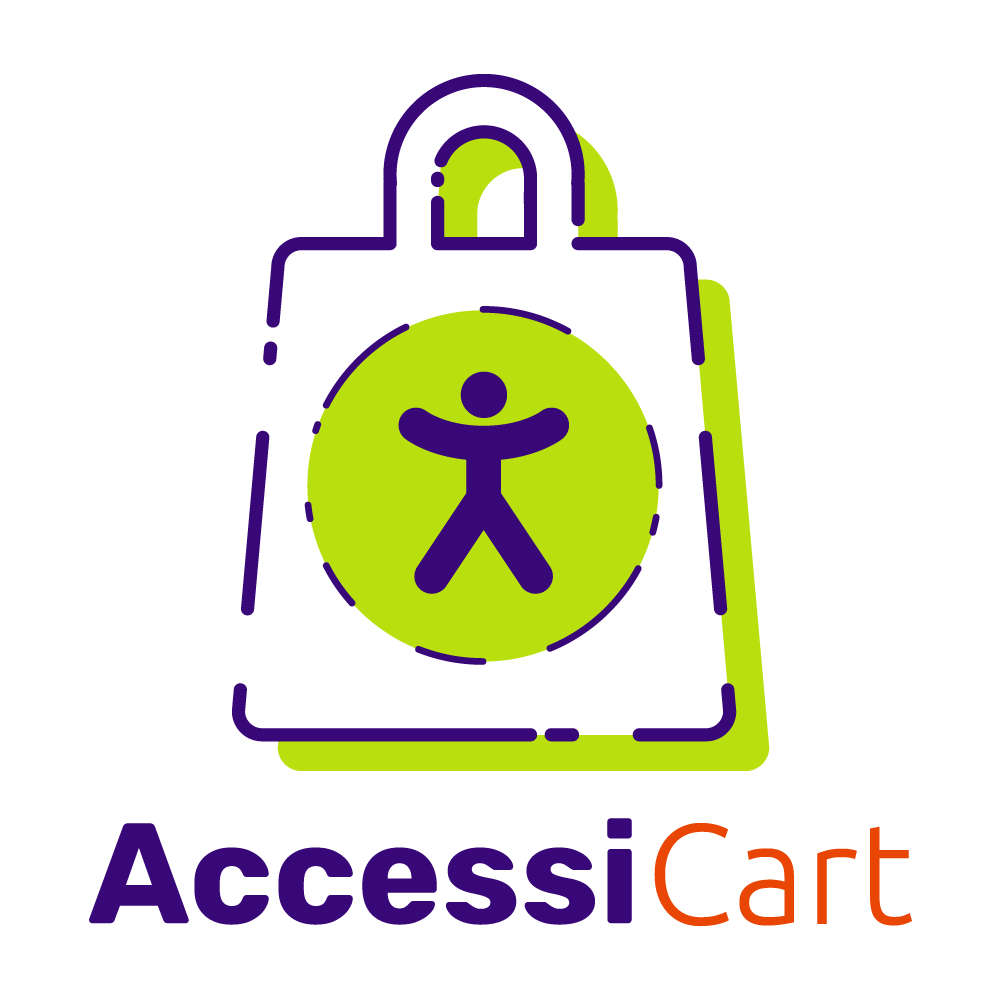In this interview with MicroConf On Air, Bet Hannon, founder and CEO of AccessiCart.com (formerly of BH Business Websites), talks with Rob Walling, Co-founder of MicroConf about accessibility and accessible SaaS design.

Our Accessibility Maintenance Plans help you remove barriers for people with disabilities and meet legal requirements with confidence.